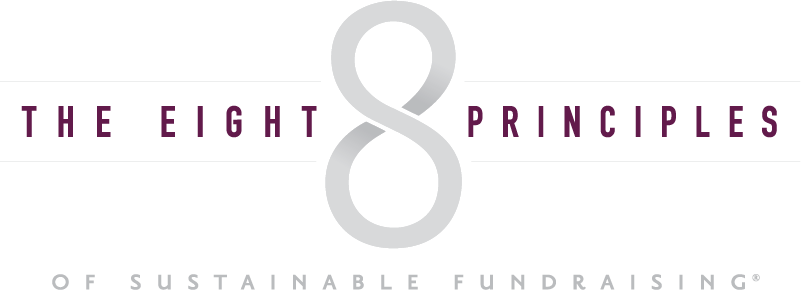MIke Barrow of NonProfit Easy shows us how being effective with donor communications is much easier than you may think when you’re focused on Principle 1 of The Eight Principles®: Donors are the Drivers®
As a nonprofit, you already know that your donors are essential. According to Principle 1 of the Eight Principles®, Donors Are the DriversTM. Donors—and the depth of their relationship with your nonprofit—make the difference between whether or not you can achieve your mission.
To truly engage these donors, your nonprofit communication team needs to take steps beyond simple asks for money. To create impactful communications, nonprofits should:
- Diversify communication channels.
- Add multimedia elements.
- Don’t just ask for money.
- Utilize storytelling methods.
- Leverage donor data.
As you implement these tips in your nonprofit communication strategy, plan to pair them with unique and powerful nonprofit fundraising ideas, such as matching gifts, live auctions, and annual galas.
If you’re unsure of where to go next, you can always ask your donors. How would they like to be contacted? What would they like to support? How do they want to get involved? When developing fundraising strategies for your organization, they should be your first source of truth.
1. Diversify communication channels.
Diversifying your communication channels allows your organization to reach your supporters on various channels. This not only increases the chances that supporters will see your message, but that they’ll actually see it more than once.
For example, if a donor skims your email in the morning and then goes about their day, they may forget your message by noon. But if they also receive a phone call from your team during their lunch break, they’ll be likely to remember your message for the next several days.
Thus, in engaging donors, it’s a best practice to create messaging across a variety of channels, including:
- Phone
- Direct mail
- In-person and virtual gatherings
- Social media
- Website
Each channel comes with its own benefits and drawbacks. For example, according to Double the Donation’s fundraising statistics, email marketing offers a return on investment (ROI) higher than any other marketing channel. However, when 66% of nonprofits send fundraising appeals via email, your messaging can easily get lost in the crowd.
Because donors shop before they buy, it’s important to meet them where they are. Instead of forcing donors to interact with your nonprofit in a certain way, ask them when, where, and how they want to engage with your organization and respect those wishes.
2. Add multimedia elements.
Donors aren’t interested in giving their money to a faceless organization. To humanize your nonprofit and your work, add a range of multimedia elements to your messaging. In addition to legible text, include the following:
- Photos
- Video
- Audio
- Clickable buttons
Moreover, much like diversifying communication channels above, having multiple forms of the same content (such as both an audio recording and transcript) can make communications more accessible. As a result, donors will feel more included and eager to participate.
3. Don’t just ask for money.
Donors can get irritated when the only type of communication they receive is requests for donations. Ultimately, they want to feel like they are more than a dollar amount in a database. Thus, mix up what you share with donors, including:
- Program updates
- Volunteer opportunities
- Upcoming events
- Social media challenges
In providing this range of engagement options, you avoid creating unbalanced and one-sided relationships. Instead, this approach aligns with Principle 6: Divide & Grow™, helping you develop long-lasting, mutually beneficial relationships with your supporters.
4. Utilize storytelling methods.
According to research from Stanford University, while 63% of people are likely to remember a story, only 5% will remember related statistics.
Storytelling is important across communication methods and channels. More than anything else, it helps your audience better understand the work you’re doing and feel like an integral part of your mission. Your stories should include the following features:
- A beginning, middle, and end.
- A protagonist that your supporters will root for and relate to.
- A conflict that can be solved with actionable steps through your mission.
- A call to action that invites supporters to get involved.
Ultimately, storytelling is crucial to Principle 2 of the Eight Principles®, Begin at the Beginning™, making your nonprofit’s mission directly relevant and meaningful to each and every donor.
5. Leverage donor data.
Information kept in donor databases helps your team better tailor donor communications, and craft specific, targeted messages. But a messy, disorganized system can make your life much harder. To make the most of your donor data, take the following four steps:
- Choose your constituent relationship management (CRM) system. NonProfitEasy’s database buyers guide recommends choosing a solution that offers custom fields, detailed donor profiles, donor segmentation, easy reporting, and scalability features.
- Store and clean donor data. Create profiles containing donor names, contact information, previous communications, past donation history, and volunteer history.
- Segment donors into groups. Organize these segments based on support history, demographics, and communications preferences.
- Send personalized communications automatically. With modern technology, every email you send can include donors’ preferred names and specific donation amounts.
These data segmentation and hygiene processes allow you to connect and deepen relationships with supporters more efficiently and effectively, making every communication you send as impactful as possible.
Remember, when implementing your donor communication strategy, always show your gratitude to donors to ensure retaining them for years to come. Because your donors are the drivers, leverage your CRM software to automatically send thank you notes recognizing donors’ specific impact on fulfilling your mission.




